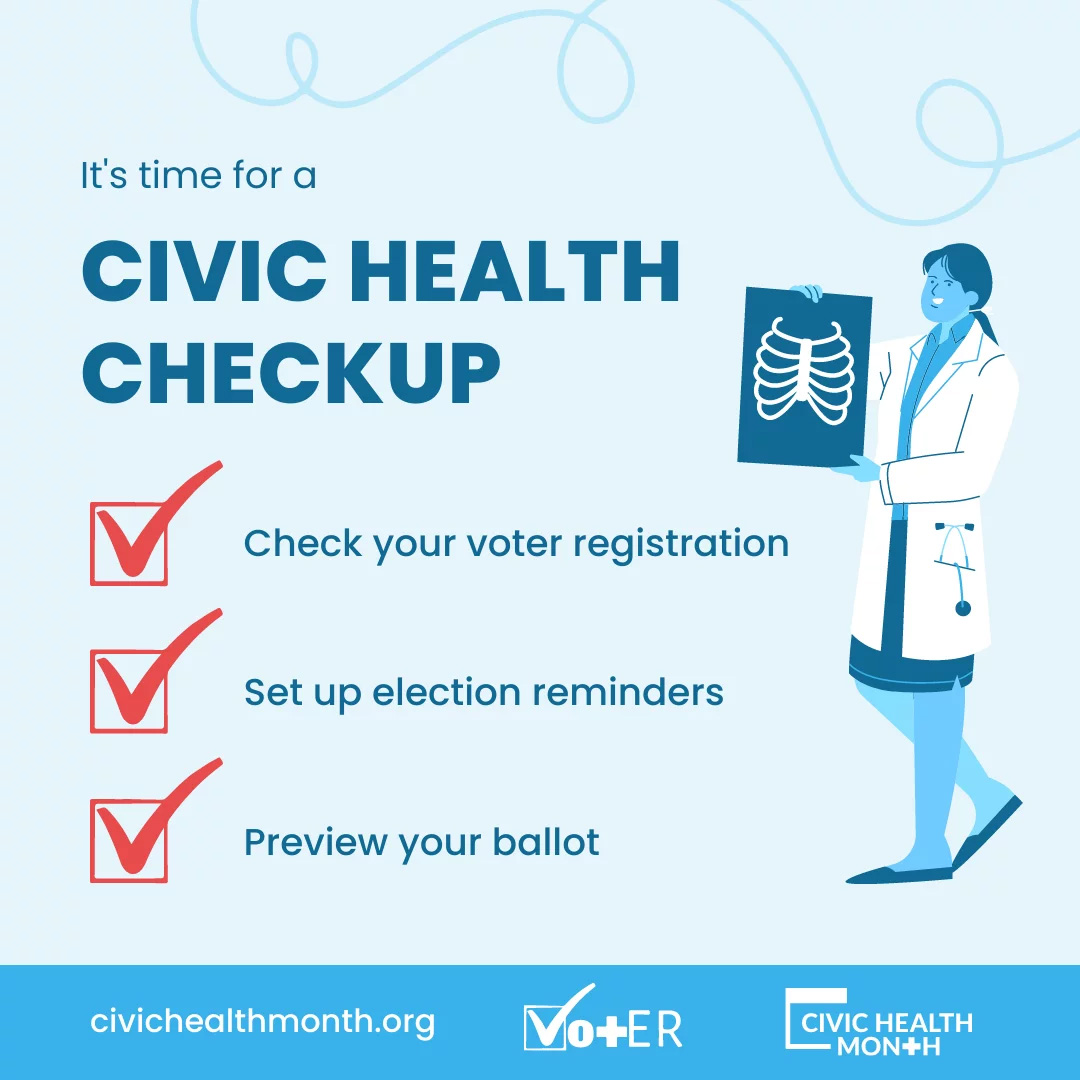"The Gilded Age of Medicine is Here," announced the title of a recent New Yorker article about the tactics of private equity firms that provide infusions of cash to struggling hospitals in order to extract hundreds of millions of dollars in profits by slashing costs to the bone and endangering the health of patients. As Dr. Dhruv Khullar writes, "They [private equity] are hardly the only corporations to learn this lesson. Increasingly, health insurers, private hospitals, and even nonprofits are behaving as though they aim first to extract revenue, and only second to care for people. People often are viewed less as humans in need of care than consumers who generate profit." Dr. Don Berwick's dire warning about the existential threat of greed on the failing American health care system seems to be coming true, to the extent that the brazen assassination of an insurance company executive in midtown Manhattan elicited far more outrage about delayed or denied care than sympathy for his family's loss.
Nevertheless, the U.S. is at the threshold of a once-in-a-lifetime opportunity. In 2023, a decade after the Affordable Care Act expanded Medicaid and began offering subsidized private insurance options in national and state-run marketplaces, the share of the population with health insurance reached 92.5% - the highest ever. Contrary to many predictions, the ACA coverage expansions did not increase health care spending growth. For the first time in history, then, America is on the brink of near-universal insurance coverage, despite the incoming administration's determination to roll back many of the policies that got us to this point.
We should no longer be debating whether or not having health care insurance is better than not having it. What we should be discussing is why health care costs keep climbing so rapidly, which leads directly to higher premiums and the proliferation of high-deductible policies that make accessing care unaffordable even for the insured. In some cases, more regulations are the answer. Both political parties have belatedly recognized, for example, that the inflated costs of prescription drugs are due not only to pharmaceutical company avarice but also pharmacy benefit managers (PBMs) that "steer patients toward pricier drugs, charge steep markups on what would otherwise be inexpensive medicines and extract billions of dollars in hidden fees," not only hurting patients and employers but driving independent local drugstores out of business.
Even if drugmakers and PBMs could be brought to heel, though, America is still lacking a major ingredient of a truly patient-centered health system: well-resourced, adequately supported primary care. These days, most adults need to wait several months for a new patient appointment with a family doctor, if they can get one at all. This isn't only because too few medical students are choosing primary care residency programs; it also reflects generalist physicians leaving practice prematurely due to burnout.
There are hopeful signs that policymakers are finally waking up to the need to provide more support to primary care. The 2021 National Academy of Medicine report "Implementing High-Quality Primary Care: Rebuilding the Foundation of Health Care" advanced the concept of primary care as a common good rather than a commodity. The Primary Care Collaborative's 2024 Evidence Report found that primary care centric Accountable Care Organizations produce more than twice as much net savings as ACOs with smaller proportions of primary care clinicians. The state of Massachusetts is now proposing a prospective payment model to double primary care investment, while the Centers for Medicare and Medicare Services is adding payments for "advanced primary care management" to compensate practices for core tasks that they are already doing or should be doing anyway.
But it's not enough to wait and hope that policymakers will figure this out on their own. A grassroots movement is underway. A few months ago, I found myself in a conference room in Philadelphia listening to speakers introduce Primary Care for All Americans, a volunteer organization whose mission is to bring people from all walks of life together "to create a health care system that is for people, not for profit, that serves all Americans, in every neighborhood and community." PCAA hosts weekly online conversations about making primary care accessible for all and provides resource-packed state and local playbooks for individuals who are looking to support primary care in their states and communities. Join the movement and seize this opportunity to bring an end to the Gilded Age of American medicine.
























